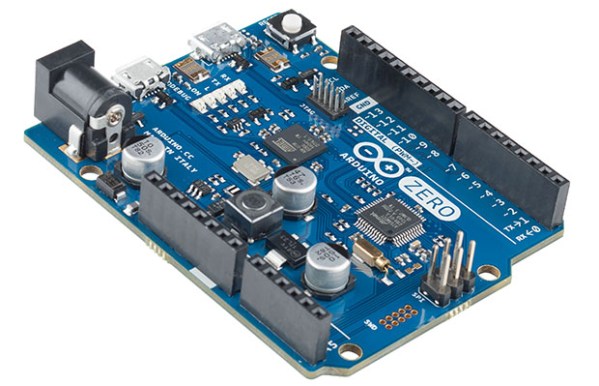
Wearable devices are all the rage in certain circles — looking for a project of his own, [Hector Urtubia] decided to give it a shot with this six-LED necktie.
It used to be pretty hard to make an Internet connected device without spending all your time and effort on making the Internet connection possible — until the Pinoccio came along. It’s a tiny Arduino compatible board which has wireless Internet connectivity built right in. It even comes with a rechargeable battery. If you have experience with Arduino programming, this little guy is a cinch to get running.
The tie itself makes use of six NeoPixels, which are chainable, addressable and current regulating RGB LEDs, which means the entire chain of LEDs only requires 1 digital pin-out on the Pinoccio! [Hector] has even written a library that will extend the Pinoccio’s scripting environment so that the pixels can interact directly from the web or API.
To demonstrate the tie, he decided to hook it up to his MIDI keyboard — enjoy:
Continue reading “Internet Controlled LED Necktie Lights Up The Party”





 Them kids with those Arduinos don’t know what they’re missing. A serial connection is just too easy, and there’s so much fun to be had with low bandwidth modems. [Mark]
Them kids with those Arduinos don’t know what they’re missing. A serial connection is just too easy, and there’s so much fun to be had with low bandwidth modems. [Mark] 









